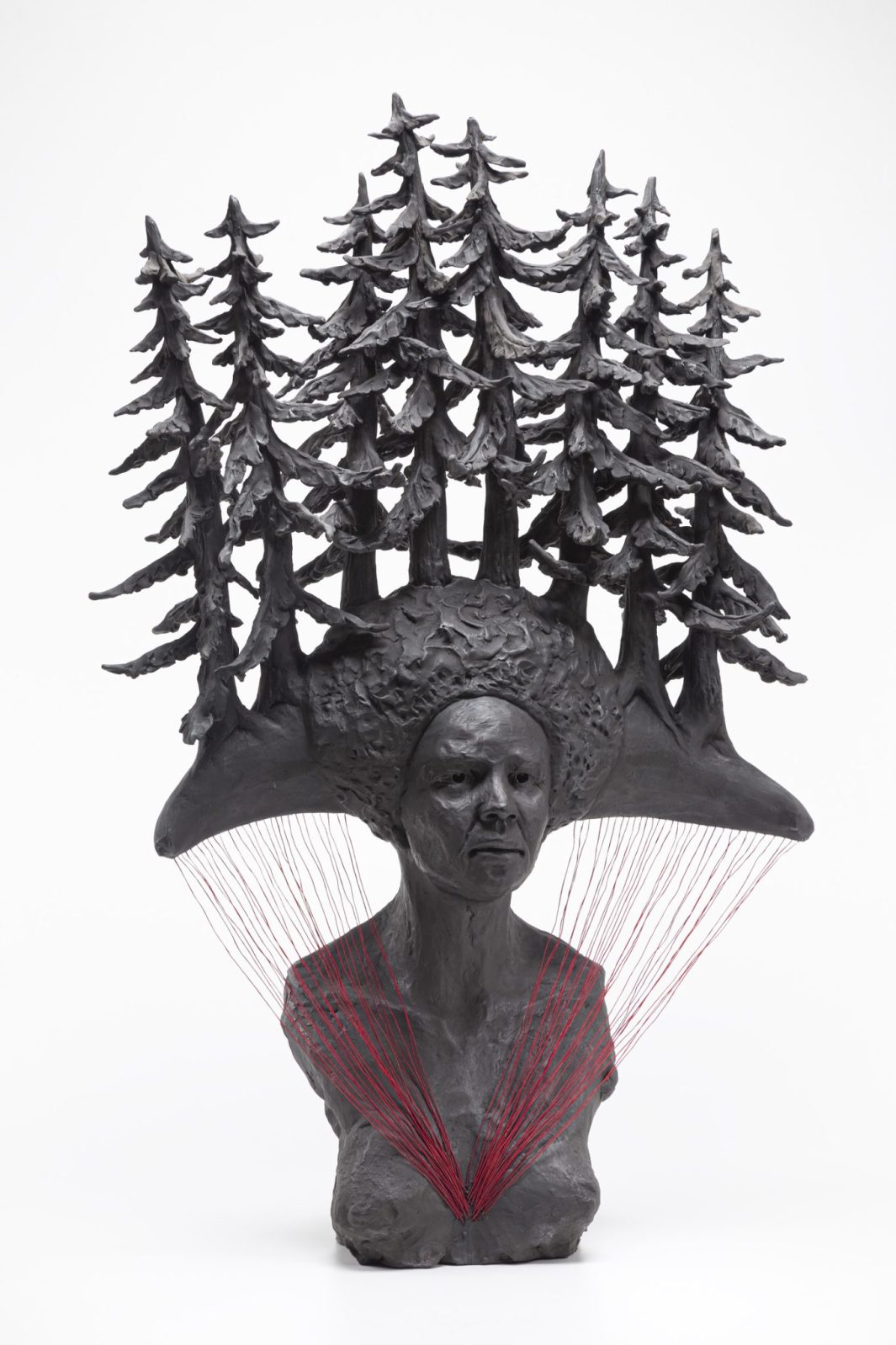The first traveling museum exhibition to focus on Black ceramic artists working today, this survey of functional and sculptural ceramics shines a light on 36 innovative makers. Inspired by the recently published book Contemporary Black American Ceramic Artists and co-curated by authors Chotsani Elaine Dean and Donald a Clark, the exhibition recognizes the important, current contributions of African American ceramicists.

The artworks in this exhibition demonstrate a range of techniques and explore topics of historical and contemporary relevance. Understanding the role of clay in carrying ancestral and cultural knowledge from Africa to the Americas, several artists use their medium to explore history, including histories of enslavement, as well as heritage and identity. Other artists respond to calls for social justice, celebrate Black beauty, or convey personal stories of connection, celebration, and triumph. Incorporating processes that range from wheel throwing to slab building, and showcasing works that draw inspiration from other media including quilting and graffiti, this exhibition aims to broaden conversations about contemporary studio ceramics while asserting the presence and excellence of Black makers.
This exhibition was organized by the Northern Clay Center in Minneapolis, Minnesota.

Animationland
Breaking down the art and science of animation.
Join Tracey the pencil dog and her crew—Rooth, Drop, Inky, Uno, and Kari—on a fantastically immersive journey to create stories using science and imagination. Dive into the world of storytelling and channel your creativity to develop your own animated production using storyboarding, sketching, stop-motion movie making, and more! The quirky cast of characters and hands-on interactives break down the process step-by-step to reveal how animated features are created. Animationland empowers visitors of all ages to experiment, learn, and tell their own stories through animation.

The Outwin 2022: American Portraiture Today
Launched in 2006 to support contemporary portraiture in the United States, the National Portrait Gallery’s celebrated triennial Outwin Boochever Portrait Competition returns to the Springfield Museums. A major survey of the best American portraits, selected by internationally prominent jurors and curators, The Outwin 2022: American Portraiture Today presents 42 works selected from over 2,700 entries, that foreground the vibrancy and relevance of portraiture today.
In addition to paintings, photographs, drawings, and sculptures, The Outwin includes video, performance art, and textiles, highlighting the limitless possibilities of contemporary portraiture. Open to both emerging and established artists, the 2022 entrants were encouraged to submit work that moved beyond traditional definitions of portraiture and engaged with the social and political landscape of our time.





